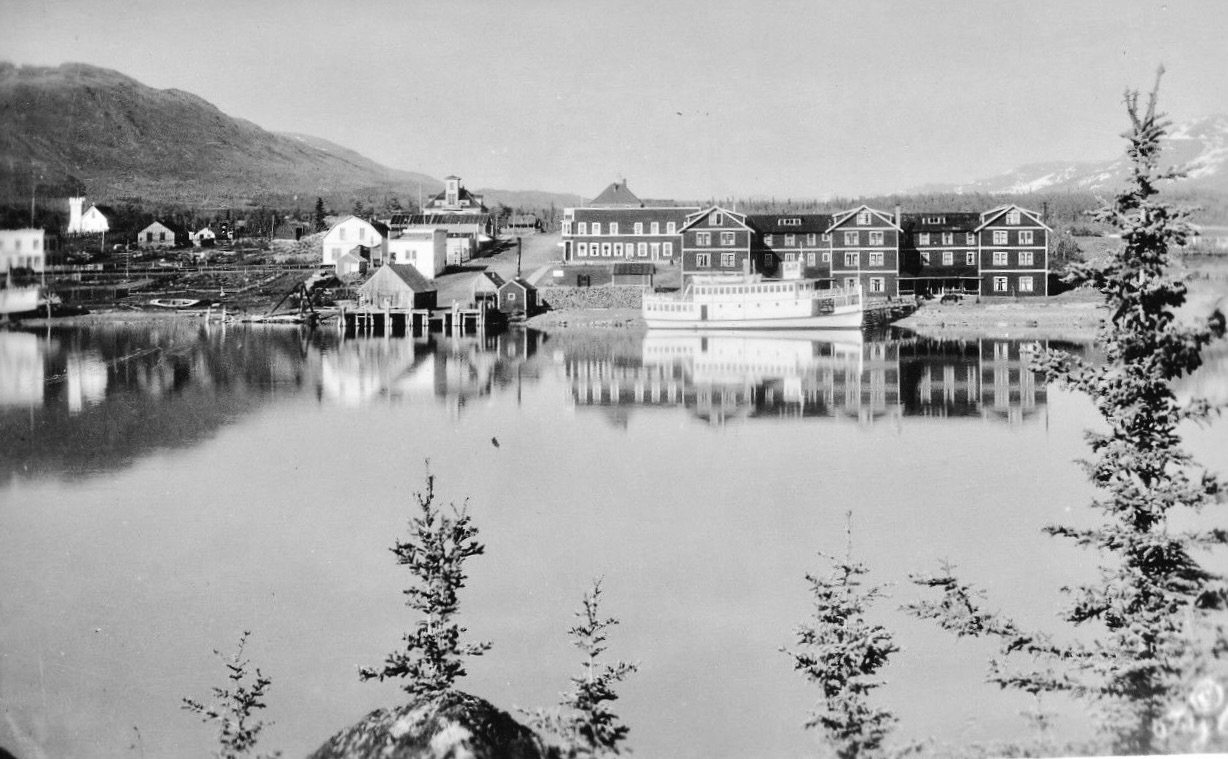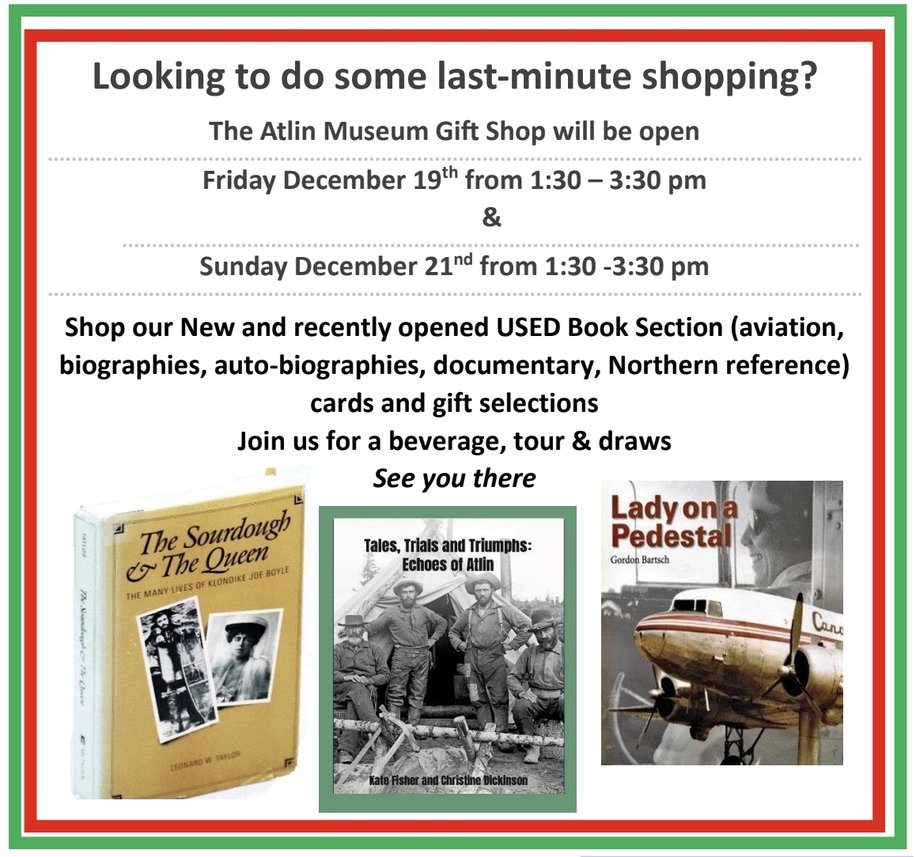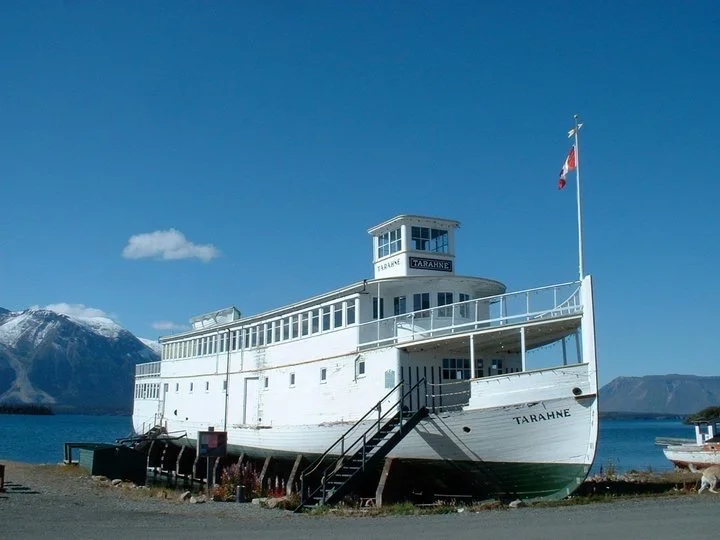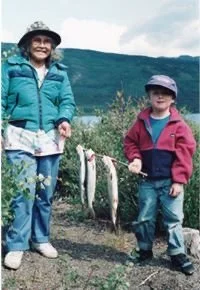
Celebrate Atlin’s History, Enrich Tomorrow
Welcome to the Atlin Historical Society!
TARAHNE TEA
In early July the AHS holds the Tarahne Tea, a very popular fund-raiser for the MV Tarahne. For more information, click on the photo at left.
RENTALS
The M.V. Tarahne and the Globe Theatre can be rented for weddings, meetings, concerts and other private functions. For more information, call 250-651-7522 or contact the AHS at atlinhistoricalsociety@gmail.com Click on photos.
The Society was established in 1972 by a group of Atlin residents. It is constituted as a non-profit organization,
Entirely run by volunteers, the Society owns and maintains several historic buildings and vessels in Atlin and also manages the Atlin Museum. The purpose of the Atlin Historical Society is to preserve, record, present and share the diverse historical aspects of Atlin and area. The Atlin Historical Society reflects Atlin's rich history of mining, early tourism, and the culture of the Taku River Tlingit First Nation.
BECOME A MEMBER Click the yellow button above.
By joining the AHS you will become a partner in preserving the rich, local heritage of Atlin, BC. To further support the AHS, books and local artwork are available at the Museum or online at https://www.atlinhistoricalsociety.ca/store
Interesting Facts about Atlin
On July 27, 1898 gold was discovered on Pine Creek. Soon word got out and triggered a stampede of hopeful gold miners. "As big as the Klondike" newspapers wrote. Before long, all the creeks in the Atlin area had been staked and a tent city had sprung up at the shore of Atlin Lake. The tents were soon replaced by buildings of all kinds, including saloons, hotels, brothels, restaurants, banks and stores.
A similar town called Discovery was established on Pine Creek.
Atlin's downtown was destroyed by two disastrous fires (1900 and 1914 ), but was always rebuilt immediately.
Due to the nature of gold mining, Atlin went through the cycles of boom and bust. Today's mining is still an important factor for Atlin's economy. Apart from gold mining, tourism has been contributing to the local economy. Early on, Atlin was recognized as a unique travel destination and flourished with the launching of the MV Tarahne in 1917. For twenty years tourists from all over the world were offered something entirely different in North America. With the Great Depression, tourism came to a standstill in Atlin.
When a road was built in 1949, Atlin became accessible year round.
The Taku River Tlingits have inhabited this area for thousands of years. They settled and camped throughout the Taku River valley, throughout the Atlin valley, and on the current site of Atlin town, known to the Tlingits as "Wenah". They fished salmon from the Taku River (over the watershed to the south end of Atlin Lake). When the miners came to Atlin, the miners counted on provisions from the Tlingit people.
The Atlin Historical Society would like to acknowledge that the land on which we work and learn is the unceded traditional territories of the Taku River Tlingit First Nation.
At left is Evelyn Jack, prominent member of the Taku River Tlingit First Nation teaching Michael Couchman to fish. Five Mile Point, 1992.




